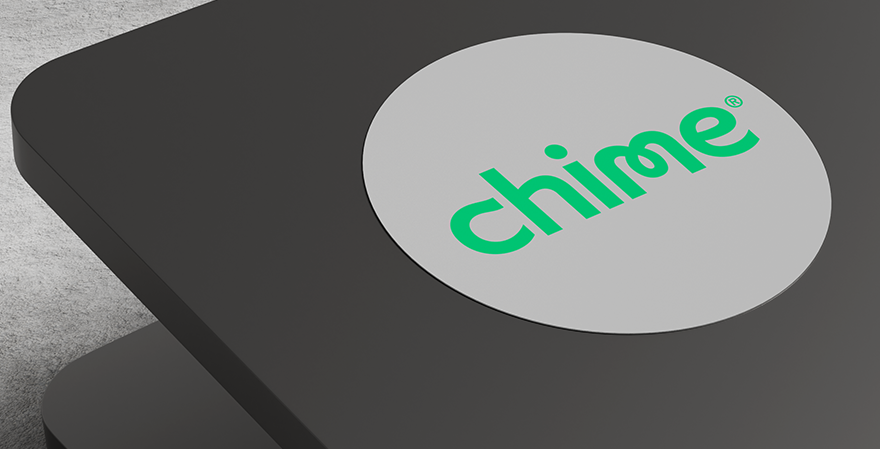TikTok Pursues Software Ambitions as U.S. Sale Saga Continues
 Jun/30/2025
Jun/30/2025
On June 24, TikTok filed for a U.S. trademark on 'CSI' and its figurative counterpart, covering a sweeping array of downloadable software ranging from networking and database management tools to search engine optimization, instant messaging, and data streaming services. This intellectual property maneuver coincides with renewed uncertainty over TikTok’s future in America, as President Donald Trump claims to have secured a "very wealthy" buyer for the video-sharing platform, whose forced divestiture was mandated by Congress amid national security concerns. Trump, who has repeatedly delayed enforcement of the sale requirement, suggested China’s President Xi would likely approve the transaction, though previous talks collapsed over trade tensions. As TikTok’s September deadline looms, its efforts to expand technological capabilities through the CSI trademark underscore a parallel strategy to secure its digital ecosystem—whether under Chinese or American ownership.
Nike Defends Its Trademark Stronghold While Navigating Strategic Delays and Market Pressures
 Jun/23/2025
Jun/23/2025
Nike has mounted legal opposition against the trademark application for 'NIUSHOX', arguing its confusing similarity to the company’s well-established 'NIKE SHOX' mark in the overlapping category of footwear and related products, including socks and sport stockings. This trademark defense unfolds against the backdrop of broader corporate maneuvering, as the sportswear giant grapples with delays in the much-anticipated NikeSkims launch, its high-profile partnership with Kim Kardashian’s Skims brand. Initially slated for a spring debut, the collection—aimed at fusing style and performance for the women’s market—has been postponed until later this year due to production hurdles. Meanwhile, new CEO Elliott Hill is steering Nike through a delicate turnaround, balancing efforts to rekindle wholesale partnerships, rightsize bloated franchises like Jordan and Dunk, and absorb the impact of recent price hikes and tariff risks. Analysts remain cautious: revenue fell 9% last quarter, and while core lines like Air Force 1 have shown promotional resilience, demand challenges persist elsewhere.
Unilever Expands Premium Grooming Playbook with 'SCALPCEUTICALS' Trademark and Dr. Squatch Acquisition
 Jun/24/2025
Jun/24/2025
Unilever has sharpened its focus on high-growth personal care segments, filing a U.S. trademark for 'SCALPCEUTICALS' on June 11 for an expansive portfolio of grooming and cosmetic products ranging from hair care treatments and skin care preparations to bath essentials and non-medicated toiletries. Following visualization shows detail info on new Unilever 'SCALPCEUTICALS', highlighting the breadth of product categories and the brand’s positioning at the intersection of science-driven hair and scalp care. Simultaneously, the consumer goods giant acquired direct-to-consumer (DTC) grooming brand Dr. Squatch, known for its viral social campaigns and bold, influencer-driven marketing aimed at Gen Z men. This acquisition grants Unilever valuable first-party data and reinforces its push into digital-first, premium verticals— a strategy being accelerated under CEO Fernando Fernandez. As Unilever scales Dr. Squatch internationally, it is doubling down on social and influencer-led engagement, seeking to modernize its portfolio while shedding underperforming units, a playbook that has delivered mixed results in past DTC ventures like Dollar Shave Club.
Eli Lilly Defends Its Trademark Turf While Expanding into Gene Editing
 Jun/17/2025
Jun/17/2025
Even as Eli Lilly deepens its foray into cutting-edge cardiovascular therapies—underscored by its recent $1.3 billion acquisition of gene-editing pioneer Verve Therapeutics—the pharmaceutical heavyweight has remained equally assertive in protecting its intellectual property. In four separate rulings from WIPO, Lilly prevailed against domain squatters exploiting its high-profile brands, notably MOUNJARO and ZEPBOUND. The disputed domains — <imounjaroo.life>, <canetamonjaro.site>, <mounjaroku.com>, <lillyzepboundonline.com>, and <mounjaroofficial.com> — were all found to have mimicking Lilly trademarks. Panelists noted the respondents’ repeated use of modifiers such as 'official', 'online', and geographical hints to create an illusion of legitimacy, while directing traffic to sites offering unregulated pharmaceuticals or even rival products. The rulings not only reaffirm Lilly’s global trademark rights but also highlight the reputational and safety risks associated with online drug counterfeiting. As the firm accelerates its ambitions in gene therapies — with Verve’s base - editing platform and its lead PCSK9-targeting candidate VERVE-102 promising a one-time, potentially curative treatment for high cholesterol — its dual strategy of innovation and aggressive brand enforcement underscores the stakes in both reputation management and therapeutic leadership. Analysts suggest the acquisition marks a timely vote of confidence in the gene-editing sector, which has recently faced investor skepticism.


















